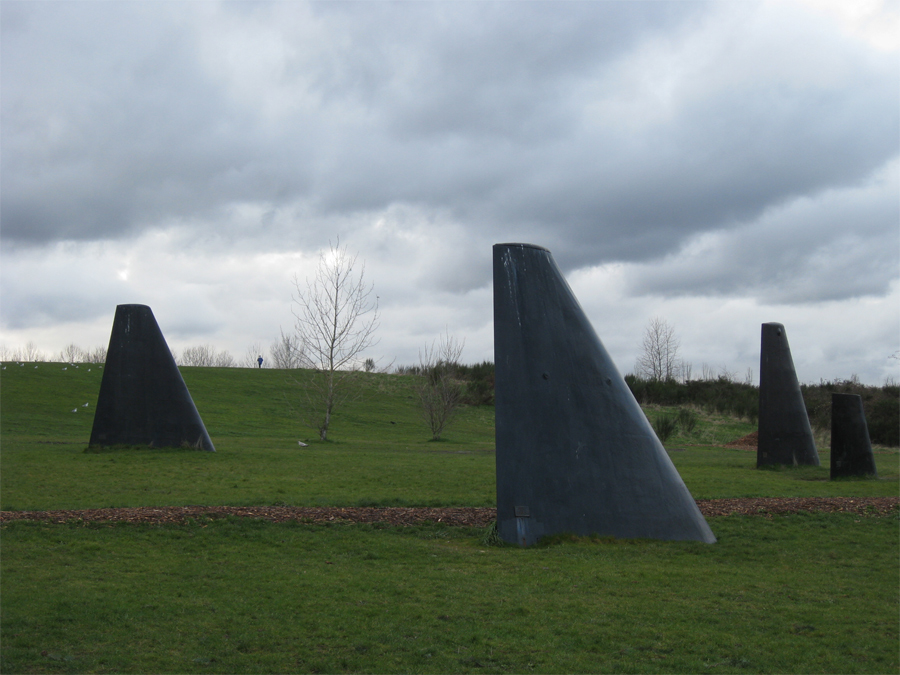Some like them ripe. Some like them green. Some like them slathered with peanut butter and fried. But most everyone likes bananas.
Now imagine a time when you can’t get them in the store anymore.
That’s where we’re headed, according to an alarming story I read not long ago in The New Yorker detailing the devastating blight which has been wiping out banana plants in Asia and Australia. In the U.S. most of our bananas come from Latin America, so we haven’t felt the impact of the blight yet. But the spread of plant viruses and pests is like the drifting of nuclear dust, only made more visible and with quicker results.
And the reason this blight looms as a greater threat than most is that, although there are more than a thousand different kinds of bananas in the world, the commercial banana industry is dominated by one variety: the Cavendish. That’s the one we slice into our cereal, tuck into our lunch bags, mash up for banana bread.
Once the Cavendish is gone, no doubt commercial growers will switch to some other variety and future generations will grow up never knowing what “real” bananas tasted like. And life will go on, as it tends to do, evolving, shifting, vanished species making room for upstart newbies. Sometimes I wonder what will take the place of humans once we’ve finished wiping each other out.
Of course, I’d like to think it’s still possible that we may learn something from all those bananas. The other thousand varieties of bananas which are resistant to the blight may not taste the same as Cavendish, or look the same – some of them have red or brown skins, for instance – but they have unique flavors and nutritional values which could spice up any meal. For this diversity we should be grateful.
As Michael Pollan pointed out in his brilliant and sobering book The Omnivore’s Dilemma, one of the most insidious problems in the modern food industry is the constriction of the food chain to a few links. The corporate empire built upon chemically dependent genetically engineered corn and soy production encourages a synthetic diet as empty of true nourishment as the vapid marketing slogans used to sell it. “Coke Is It”? Really? I think not.
The word diversity has been bandied about so much in the last couple of decades that people tend to stop listening when they hear it. The word has become a kind of shorthand for everything from fairness in the workplace to enrichment of our culture. But in terms of our planet, diversity is Nature’s insurance policy. It’s a failsafe system so that if we lose one butterfly to a menacing microbe we don’t lose them all. If we lose one elm to a bug infestation, we can still find shade under other trees.
The same principle applies with our own species. We need each other, all the shades of humanity, to ensure our strength and our future. Sure, we all have our differences. We argue, we fight. We kiss and make up. That’s what families do. It sure beats going bananas.
